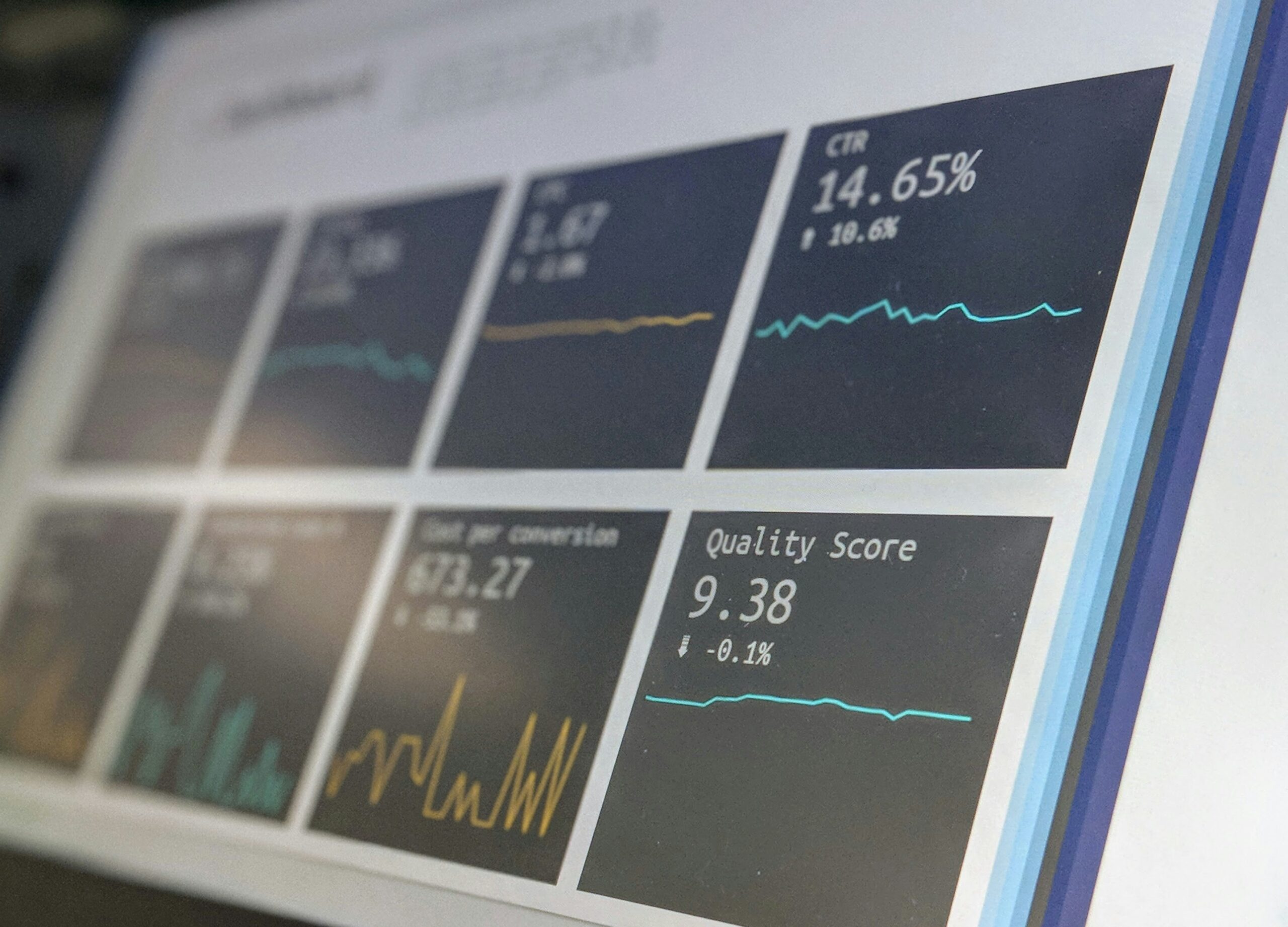Grant Proposal Template
For nonprofit organizations seeking financial support, a well-structured grant proposal template is an essential resource. This template serves as a blueprint to navigate the complex process of securing funding from various grant-making entities. The importance of having a cohesive and comprehensive proposal cannot be overstated, as it not only lays out the nonprofit’s intentions but also demonstrates the credibility and urgency of its mission.
A robust grant proposal typically includes several key components. Firstly, an executive summary succinctly encapsulates the nonprofit’s mission and the purpose of the grant. Following this, the problem statement outlines the specific issue or need the organization aims to address, enabling grant reviewers to understand the significance of the project. Clearly defining objectives is crucial; they should be measurable and aligned with the overarching mission of the nonprofit.
The methods section details the strategic approaches that the nonprofit will employ to achieve these objectives. It is paramount that this section is well-articulated to showcase the feasibility of the plan. Importantly, the evaluation component assesses how progress and success will be measured, ensuring accountability and transparency to funders. Additionally, the budget should provide a clear itemization of expected costs to demonstrate responsible financial planning.
To maximize the effectiveness of any grant proposal template, tailoring it to meet the specific requirements of diverse funding organizations is vital. Each funder may have unique priorities or guidelines; thus, adapting the approach ensures resonance with their mission. Furthermore, the language used throughout the proposal should be clear and compelling. Effective communication of the nonprofit’s mission and impact can significantly enhance the likelihood of receiving support. A considered approach towards crafting grant proposals ultimately strengthens the resources available to nonprofits, facilitating their growth and impact in the community.
Fundraising Plan Template
A well-structured fundraising plan is crucial for nonprofits aiming to meet their financial objectives and ensure long-term sustainability. At the core of this template, organizations must first establish clear and measurable objectives. These objectives should articulate the intended financial outcomes, whether it be raising a specific amount for operational costs, program development, or capital projects.
Identifying the target audience is the next critical element. Organizations should recognize potential donors, including individuals, corporate sponsors, and foundations that align with their mission. Tailoring communication to resonate with these audiences will enhance engagement and support. By understanding audience demographics, nonprofits can effectively customize their messages to attract interest and foster commitment.
Another pivotal aspect of the fundraising plan is the development of diverse fundraising strategies. Successful nonprofits typically incorporate a variety of approaches such as organizing events, launching online campaigns, and applying for grants. Events can be community-driven activities, galas, or virtual engagements that not only raise funds but also elevate awareness of the organization’s mission. Online campaigns leverage social media networks, driving digital donations, while grants from various foundations can provide significant funding when applied strategically and successfully.
An essential component is the timeline for implementation. Setting specific dates for milestones will facilitate tracking progress, enabling organizations to adapt their strategies as needed. Throughout the process, nonprofits should regularly measure the success of their initiatives. This could involve assessing the effectiveness of communications, donor retention rates, and the overall impact on fundraising goals. Ultimately, these insights allow organizations to refine their approaches and improve future endeavors, contributing to their sustainability and proficiency in managing resources effectively.
Volunteer Agreement Template
A volunteer agreement template is an essential document for any nonprofit organization that seeks to engage and manage volunteers effectively. This agreement serves to formalize the relationship between the organization and its volunteers, laying the groundwork for a positive and productive collaboration. The importance of a clear and comprehensive volunteer agreement cannot be overstated; it helps in mitigating misunderstandings and setting expectations from the outset.
At the core of a volunteer agreement are several key elements that should be meticulously outlined. Firstly, the roles and responsibilities of the volunteers need to be explicitly defined. By detailing what is expected of volunteers, nonprofits can ensure everyone is on the same page, fostering a sense of accountability and ownership among the volunteers. Additionally, specifying areas such as the time commitment required helps volunteers understand the level of engagement needed, which can in turn assist in resource planning for the nonprofit.
Another crucial component is the confidentiality clause. Nonprofits often handle sensitive information, whether it pertains to beneficiaries or organizational data. Including a confidentiality provision protects this information and reinforces the trust placed in volunteers. Moreover, outlining the recognition process for volunteer contributions can enhance motivation and commitment. Acknowledging volunteers’ efforts not only builds morale but also encourages a culture of appreciation within the nonprofit.
Clear communication and well-defined boundaries foster a positive environment for both parties. This agreement acts as a safeguard, allowing nonprofits to cultivate a respectful and cooperative atmosphere. By implementing a well-crafted volunteer agreement template, nonprofits can ensure stability and clarity in their volunteer relationships, ultimately contributing to the overall success of their mission. The significance of these resources in creating a robust volunteer framework cannot be overlooked, as they play a vital role in sustaining engagement and support for nonprofit initiatives.
Impact Report Template
For nonprofits, an impact report template serves as a crucial tool in communicating successes and challenges to a range of stakeholders, including donors, board members, and the community. This essential document not only highlights the organization’s achievements but also reinforces the accountability and transparency that are vital components of nonprofit operations. By clearly presenting data and narratives, nonprofits can demonstrate how their resources have been allocated and the outcomes achieved.
One key component of an effective impact report is the inclusion of a clear mission statement. This succinctly outlines the organization’s purpose and provides context for the programs and initiatives undertaken. Following this, detailed program descriptions are essential, as they give stakeholders insight into specific activities and how they align with the overarching mission. Each program should be accompanied by measurable outcomes that illustrate the success and effects of the nonprofit’s endeavors. Quantitative data, such as the number of individuals served or improvements observed, should be emphasized to showcase effectiveness.
Financial information is another critical element of the impact report. Transparency regarding revenue streams, expenses, and overall financial health fosters trust among stakeholders. Including visual representations of financial data—such as graphs or charts—can effectively convey these complex figures in a more accessible manner. Finally, it is important to articulate future goals, positioning the nonprofit not only in terms of past achievements but also in its aspirations for continued growth and impact.
To present this information attractively and persuasively, nonprofits should consider using a clean and professional layout, incorporating visuals such as photographs and infographics. Engaging storytelling can also enhance the relatability of the data, helping to connect on a deeper level with the audience. By utilizing a well-structured impact report template, organizations can significantly improve their communication efforts, leading to strengthened relationships with stakeholders and enhanced support for their mission.




